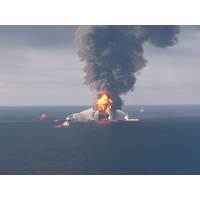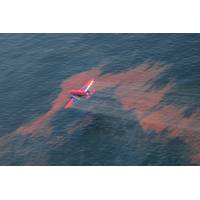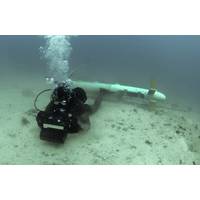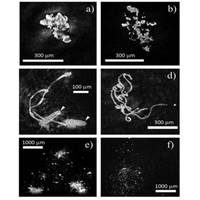
What Did Scientists Learn from Deepwater Horizon?
doesn’t just float and hang around. A huge amount of oil that didn’t evaporate was pummeled by sunlight, changing its chemistry. That’s something that wasn’t seen before, so now we have insight into this process.”Released for the first time in a deep ocean oil spill, chemical dispersants remain one of the most controversial debates in the aftermath of Deepwater Horizon. Studies offer conflicting conclusions about whether dispersants released in the deep sea reduced the amount of oil that reached the ocean surface, and the results are ambiguous about whether dispersants helped

Did Dispersants Help Responders Breathe Easier at Deepwater Horizon?
Seven years after the disastrous Deepwater Horizon oil spill in the Gulf of Mexico, the decision to inject chemical dispersants into the deep ocean has remained contentious. New evidence reveals an unexpected benefit. In the heat of the 2010 Deepwater Horizon disaster, U.S. government and industry responders had to make a crucial decision. They were facing an enormous oil spill, gushing uncontrollably from a wellhead at the seafloor—at a depth where no oil spill had ever happened before. They were pitted in a high-stakes battle against big unknowns. On Day 25 of the spill
Oil-hungry Bacteria Could Clean Up Next Big Oil Spill
bioremediation strategies.” Dr Gutierrez is currently working to understand the diversity and abilities of oil-degrading bacteria in UK waters where future oil spills might occur, with a view to designing effective bioremediation solutions, including evaluating the effectiveness of using chemical dispersants.
US, ATP-IP Reach Settlement over Unauthorized Oil Discharges
substances. Although ATP-IP took the Innovator out of operation earlier this year, it must perform corrective measures to ensure safe and lawful future operations. In particular, ATP-IP must remove and seal the connection on the wastewater discharge outfall pipe that was used to inject chemical dispersants, thereby permanently eliminating the access point for improperly injecting dispersants into the wastewater discharge pipe. Additionally, prior to any future use of the ATP Innovator for exploration, development or production activities in U.S. waters, ATP-IP will have to certify to EPA, BSEE

NRL Models Deepwater Horizon Oil Spill
A three-dimensional framework made these zones of divergence and convergence easier to identify than in 2010 (Eulerian versus Lagrangian). (A future model that sought to include subsurface oil in the initial inputs would need a more complex accounting of how hydrocarbons interact with seawater and chemical dispersants.) Jolliff doesn't compare his predictions to what federal agencies made at the time, because they were continuously updating their simulations. "The take home message is that COAMPS was able to forecast the atmospheric and oceanographic conditions that made that funnel [of water mass

I can see clearly now ... Via Resolution Optics
round and have a spherical algorithm. We only count round objects and get rid of everything else. Our oil counts are more accurate than anything that is out there,” said Jones. The ability to do these oil counts is beneficial to research groups that are trying to determine the effect of chemical dispersants on oil. Jones said the information the submersible microscope can provide could be used in cleaning up oils spills. “Our microscope can be deployed at any depth, and the majority of oil is under water so that is where we would like to go,” he said. Another major application



 February 2024
February 2024





